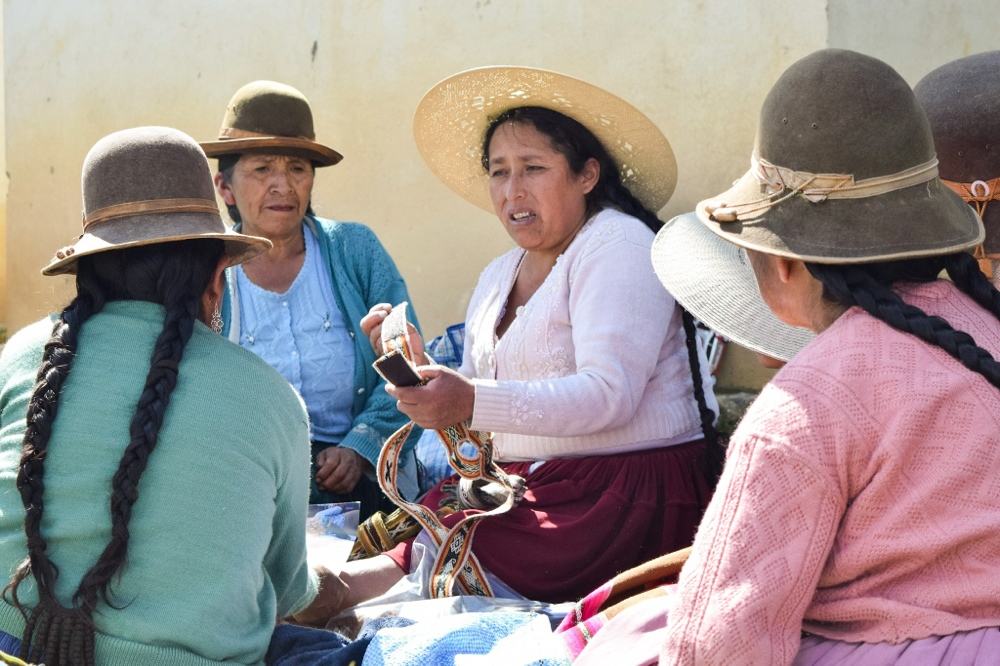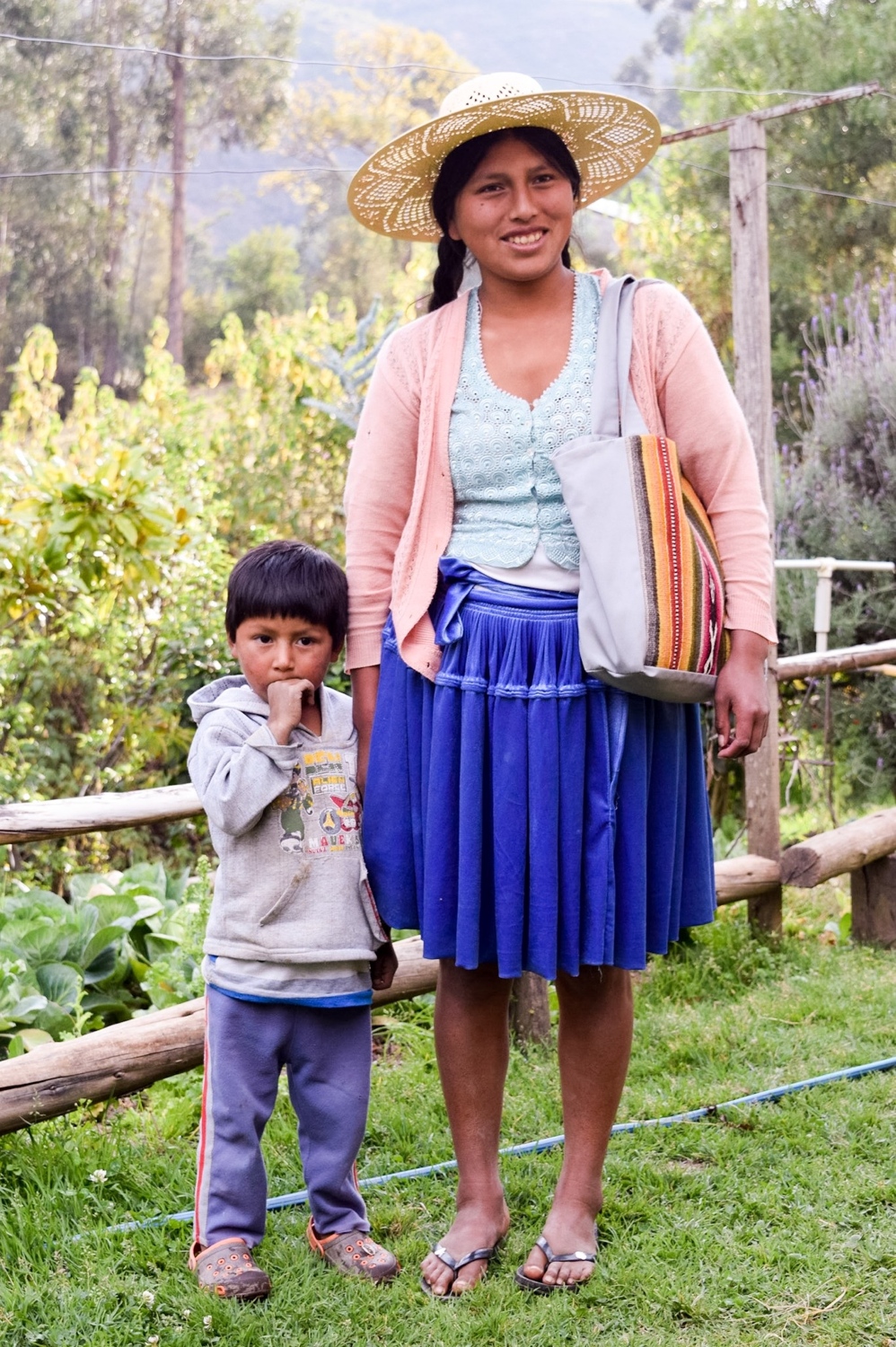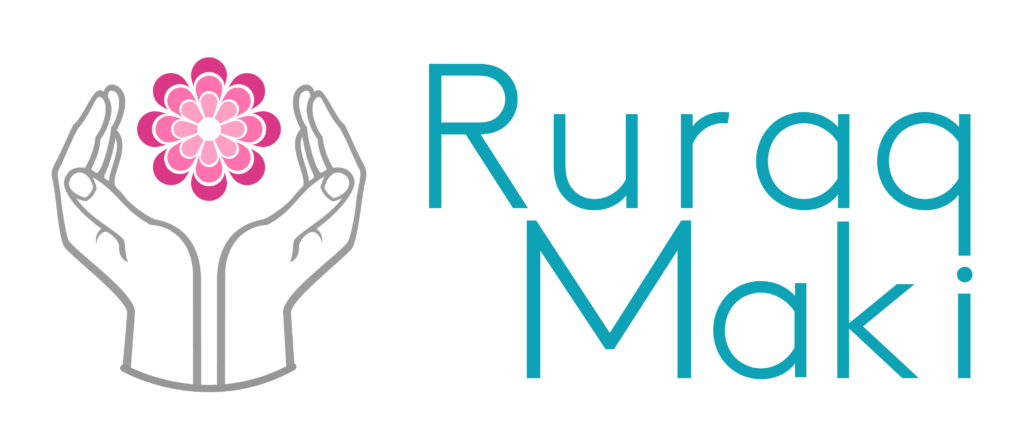While I’ve been in Bolivia, the blog posts have focused primarily on our jewelry making classes with the women and teenage girls. While the classes have been a big part of Ruraq Maki’s work here, I have also been working with the weavers in a sales capacity, helping them become more familiar with the needs of an international market.
Market access is a concept that is well known in development work, one that points to the need of small artisan groups to connect with a global market. Often language, level of education, financial resources, and location are the primary factors keeping artisans from selling internationally. A concept that is not discussed as widely is market knowledge, which is just as important as access.
Market knowledge is what artisans know about the market they are trying to reach. This information can be vital to an artisan’s success, as trends in their local market differ from those in other parts of the world. Yet, how are artisans expected to know what designs and colors people in the U.S. like when they have no access to TV, internet, or fashion magazines? This is where Ruraq Maki comes in.

Dona Max explains color theory to the women in Huancarani
This year, in addition to working with product development, I have also dove deeper into the details of the U.S. market with the women. One of the items of greatest interest to the women is what colors people in the U.S. like to buy and through our discussion I’ve introduced the idea of contrast and color design to the women.
The women have been intuitively warping the looms with contrasting colors because it is pleasing to the eye but color theory has always been an unconscious effort. Through our discussions, the women are beginning to understand how contrast works in their weavings. In Huancarani we repeated this discussion, bringing examples of pieces that use contrast to show the women. After the talk, the women pulled out their yarn balls and began experimenting with different, contrasting, color combinations.

This is important because often the women warp the same colors with little changes, primarily because they don’t know they can, or how to, do something different. Although Ruraq Maki doesn’t control what colors the women weave, we do want them to have the greatest chance of success selling their weavings. The more products we sell, the more orders they get, so helping them understand what colors and designs sell best is a win for all. It also pushes them out of the comfort zone and inspires their own creativity with color.

Demonstrating the yoga mat straps to the weavers
Another way we have increased market knowledge is by introducing the women to the products made from their weavings. Transparency is extremely important to us and we want the women to feel good, and proud, of how their weavings are used. This year we introduced the women to our popular tote bag and yoga mat strap. The women absolutely adored the tote bags, each wanting one for herself, and were interested in how the yoga mat strap worked.

Adviana models a tote bag made from her weaving
My favorite moment in working with color and design was when Dona Max was posing with the yoga mat strap she wove. She looked down at it and said, “I see now that I could have added an extra row of grey here- that would increase the contrast and make the pink stand out more. It would be very beautiful that way.”
This is how market knowledge works- little by little artisans understand how they can refine their products for the market they are trying to reach and these little changes lead to big successes.
